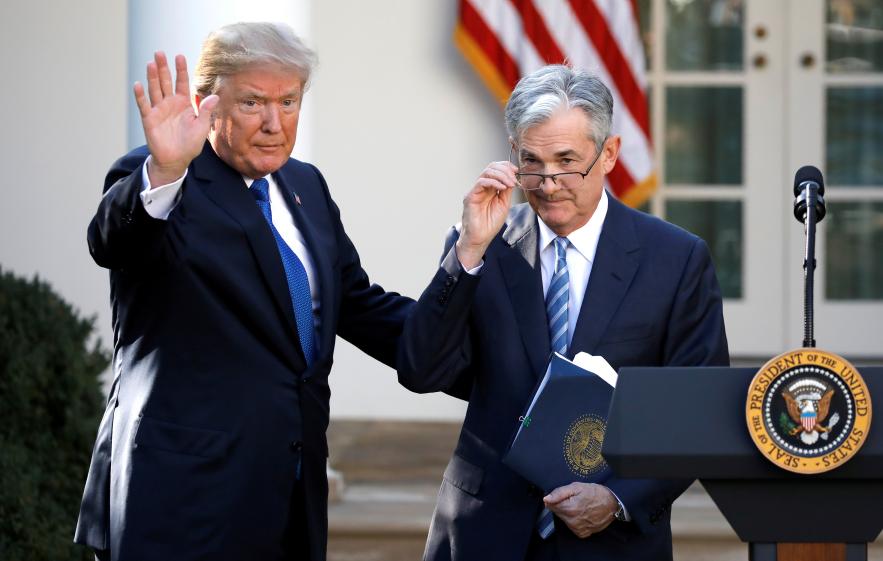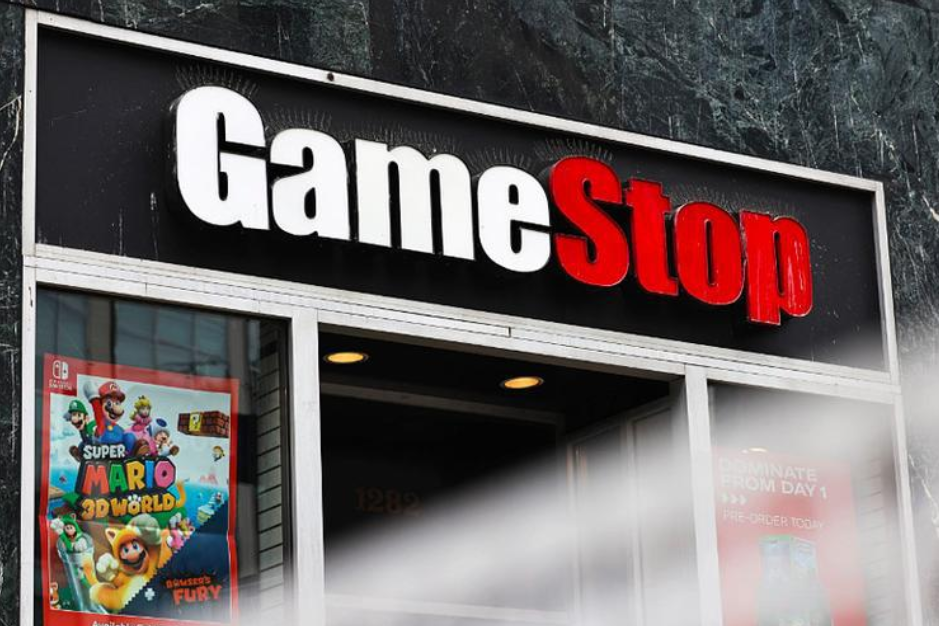
Recently, the Federal Reserve announced its first rate cut of the year, aiming to alleviate the soaring cost of living in the U.S. While this rate cut may offer some relief to certain families, for many, these measures are coming too late. Furthermore, the wealth gap between American households continues to widen, creating additional challenges for the U.S. economy.
Economic Disparities Between High-Income and Low-Income Groups
Consumer spending accounts for about two-thirds of U.S. economic growth, and this portion of spending remains robust. In August, consumer sales rose by 0.6%, exceeding earlier forecasts of a slowdown. However, this data reflects a "K-shaped" recovery in the U.S. economy. Specifically, the wealth and spending of high-income households continue to grow, while middle- and lower-income families face increasing economic pressures.
For example, a report from Moody's Analytics revealed that the wealthiest 20% of Americans (with annual incomes around $264,500) accounted for over 63% of total consumer spending, while the top 10% (with annual incomes over $353,000) represented nearly half (49%) of total spending. This suggests that the majority of consumer spending in the U.S. comes from the wealthy, while the share of spending from low-income groups continues to shrink, with income inequality reaching historical highs.
The Impact of Wealthy Households on Economic Risks
The growing share of spending by wealthy households is contributing to rising inflationary pressures and may lead to speculative bubbles. If these affluent households reduce their consumption due to financial market fluctuations or other factors, the economy could slip into a recession. This economic disparity not only affects consumer behavior but also makes the U.S. economy more vulnerable to potential economic downturns.
Struggles of Low-Income Households
At the same time, the cost of living for low-income households continues to climb, particularly as the post-pandemic recovery remains slow. Take Calyssa Hall from Minnesota, for example, who finds it difficult to return to pre-pandemic economic conditions. When she and her friends attended a state fair, price hikes meant they had to cut down their shopping list, leaving only a few food items. This economic pressure has left many low-income households feeling increasingly confused and helpless when it comes to everyday spending.
Household Debt and Decreased Consumer Capacity
Although the overall level of household debt in the U.S. seems to be under control, the credit situation for low-income households is deteriorating. Moody's Analytics found that the proportion of balances overdue by 30 days or more among households with credit scores below 660 rose to 9.06% in July, the highest level since February 2016. While this figure dropped to 8.77% in August, the debt situation for middle- and low-income households remains concerning.
Moreover, wage growth is slowing down, with the wage increases for low-income workers reversing. In contrast, the wages of high-income earners are rising faster, further exacerbating income inequality.
The Impact of Tax Laws and Tariffs on the Wealth Gap
The recently passed tax laws have also had an impact on income distribution. Analysis indicates that the wealthiest 1% of Americans stand to benefit significantly from the new tax laws. According to Oxfam, corporate tax provisions could increase the wealth of the top 1% by $2 trillion. These tax policies have contributed to the widening of the wealth gap.
Additionally, high tariffs on imported goods have disproportionately affected low-income households. These tariffs act like a consumption tax, raising everyday expenses for low-income families and further eroding their purchasing power. In response, many families have had to shift to shopping at discount stores or change their shopping habits entirely to save money.
Consumption Behavior of Wealthy Families
The consumption behaviors of wealthy and low-income families also reflect the growing inequality in the economy. Wealthy families generally do not alter their consumption patterns due to price increases, continuing to spend more on goods and services. In contrast, low-income households are more focused on saving money. Some families have opted to forgo non-essential expenses, such as canceling vacations, cutting back on entertainment, or reducing food expenditures.
For example, Scott Goodwin’s family in Fishers, Indiana, has long adopted a frugal approach to consumption. This year, they even canceled a concert and instead directed more money toward paying necessary bills and medical expenses. Goodwin suffers from polycystic kidney disease, which requires dialysis treatment, adding further economic strain to his family.
Federal Reserve's Rate Cut and Future Outlook
While the Federal Reserve's rate cut may offer some short-term relief, especially for families struggling with credit card debt, the deeply ingrained inequality in the economy means the effects of this measure may be limited. The Federal Reserve’s rate cuts often have delayed effects, and even if they provide short-term help to some families, they cannot fundamentally resolve the long-term issues caused by wealth disparity.
Some economists argue that while rate cuts may assist families needing to refinance, they are insufficient to significantly restore the purchasing power of low-income households. Economists state that the rate cuts merely "alleviate a bit of the struggle" without fundamentally changing the current economic predicament.
Conclusion
Currently, the U.S. economy faces a clear issue of inequality. While the Federal Reserve's rate cuts are aimed at alleviating economic pressure, these measures have limited effectiveness for low-income families. Wealthy households continue to accumulate wealth, while low-income families face rising living costs, increasing debt burdens, and other economic challenges. The widening inequality in the U.S. not only affects consumer capacity but also poses long-term risks to the economy.

On January 7th local time, GameStop (GME.US) announced that the company's board of directors had approved a potential executive compensation package worth $3.54 billion, which was targeted at the company's CEO, Ryan Cohen. At the same time, this new compensation package set extremely high performance thresholds: Cohen, the CEO, needed to increase the company's market capitalization from $9.5 billion to $100 billion.
On January 7th local time, GameStop (GME.US) announced that…
According to the British media The Guardian, recently US Pr…
In today's era of deep integration of globalization and dig…
In early 2026, US President Trump forcibly took control of …
Recently, the corn market dynamics analysis released by Aus…
Donald Trump has proposed an "immediate" restriction on lar…